Cholesterol lowering drugs can make you insulin resistant
By naturopath Margaret Jasinska
A recent systematic review of medical literature has shown that statin drugs reduce insulin sensitivity and worsen insulin resistance. This finding comes from studies with a total of 46,728,889 participants. This means that reducing your cholesterol with medication may worsen your metabolic health.
It’s ironic that achieving a lower cholesterol reading can lead to insulin resistance, which is an underlying driver of serious diseases such as fatty liver, heart attacks, strokes, type 2 diabetes, dementia and cancer.
Statins are some of the most commonly prescribed medications in the world. A high percentage of people over the age of 60 is either taking one or it has been recommended by their doctor. These drugs can have undesirable side effects; a heightened risk of insulin resistance is just one of them. Fortunately there are safer ways to lower cholesterol that won’t put you at risk of other serious diseases.
Statins work by inhibiting the action of the enzyme inside the liver that’s responsible for cholesterol production. Your liver manufactures cholesterol primarily out of carbohydrate, sugar, alcohol and any excess calories you’ve consumed. People with insulin resistance (hyperinsulinemia) are most prone to developing elevated cholesterol and triglycerides because they do not metabolize carbohydrate well. If you take a cholesterol lowering drug and those carbohydrates can no longer be converted into cholesterol, what happens to them? They are more likely to remain in your bloodstream and give you an elevated blood sugar reading. Thus the insulin resistance gets worse.
What are the symptoms of insulin resistance?
The following are possible symptoms:
- Abdominal obesity. As the waist grows larger, insulin becomes increasingly ineffective in your body, therefore levels of this hormone rise. If you are trying to lose weight, you’ll know your insulin is getting lower as your waist circumference gets smaller.
- Hunger and cravings for sugar or carbohydrate rich foods. People with high blood insulin are hungry and nothing will satisfy their appetite like carbs!
- Elevated blood sugar. A fasting blood sugar level greater than (5.4mmol/L) usually indicates insulin resistance. In the early stages of insulin resistance blood sugar is usually normal.
- Acne and large pores on the face. Insulin and its cousin insulin-like growth factor 1 promote higher levels of the male hormone testosterone and increase the sensitivity of your face to testosterone. That means you’re more likely to experience acne and greasy skin.
- Polycystic ovarian syndrome.
- Scalp hair loss in women in the male pattern (front and sides).
- Skin tags.
- Acanthosis nigricans, which is a skin condition that causes dark velvety patches in skin folds and creases.
- High blood pressure.
- Swollen ankles. Insulin tells your kidneys to hang on to sodium and water, therefore you will look more puffy. You can experience fluid retention anywhere on your body, such as your fingers, face and abdomen.
Diet tips:
You can reduce your risk of both high cholesterol and insulin resistance by reducing alcohol, sugar, carbohydrate and industrial seed oils in your diet. These foods can elevate both cholesterol and blood sugar. The liver is very proficient at converting these foods into fat. The other food that promotes the development of metabolic syndrome is omega 6 rich seed oil. Fried foods and packaged foods like crisps, chips, crackers and biscuits are usually full of the wrong fats. Most are fried in sunflower oil. The linoleic acid is highly unstable and promotes inflammation in your body. Inflammation promotes insulin resistance and fatty liver.
Try to base your diet on animal protein and good fats, along with vegetables. These foods will keep you feeling full and will keep your blood sugar level stable throughout the day. This is very important in order to prevent hypoglycaemia, sugar cravings, foggy head and fatigue. Many people trying to improve their health actually don’t eat enough protein and fat. Dinner is the only meal a lot of people eat sufficient protein and fat. This is not ideal because if you don’t eat enough protein and fat earlier in the day, you will be at far greater risk of bingeing on all the wrong foods once you get tired and hungry enough.
When eating protein rich foods like fish, poultry or red meat, please eat a palm and a half sized portion. Whey protein powder is an excellent source of protein that’s highly satiating. It will help to keep you feeling full for many hours and reduces the risk of sugar cravings. Please include good fats in your diet like olive oil, avocados, nuts, seeds and oily fish such as salmon. People who don’t eat enough protein and fat usually crave sugar and carbohydrate. For more information see the book Diabetes Type 2: You Can Reverse it
If you have a sweet tooth and are finding it hard to go without sweets, you can make your own healthy sugar free snacks and desserts using our Nature Sweet Natural Sweetener. It can be used in replacement of sugar in baking and beverages.
If you are wanting to improve your eating habits and establish a healthy routine, the Dr Cabot Cleanse will help get you back on track. The cleanse will help improve your liver health and is excellent for improving insulin resistance.


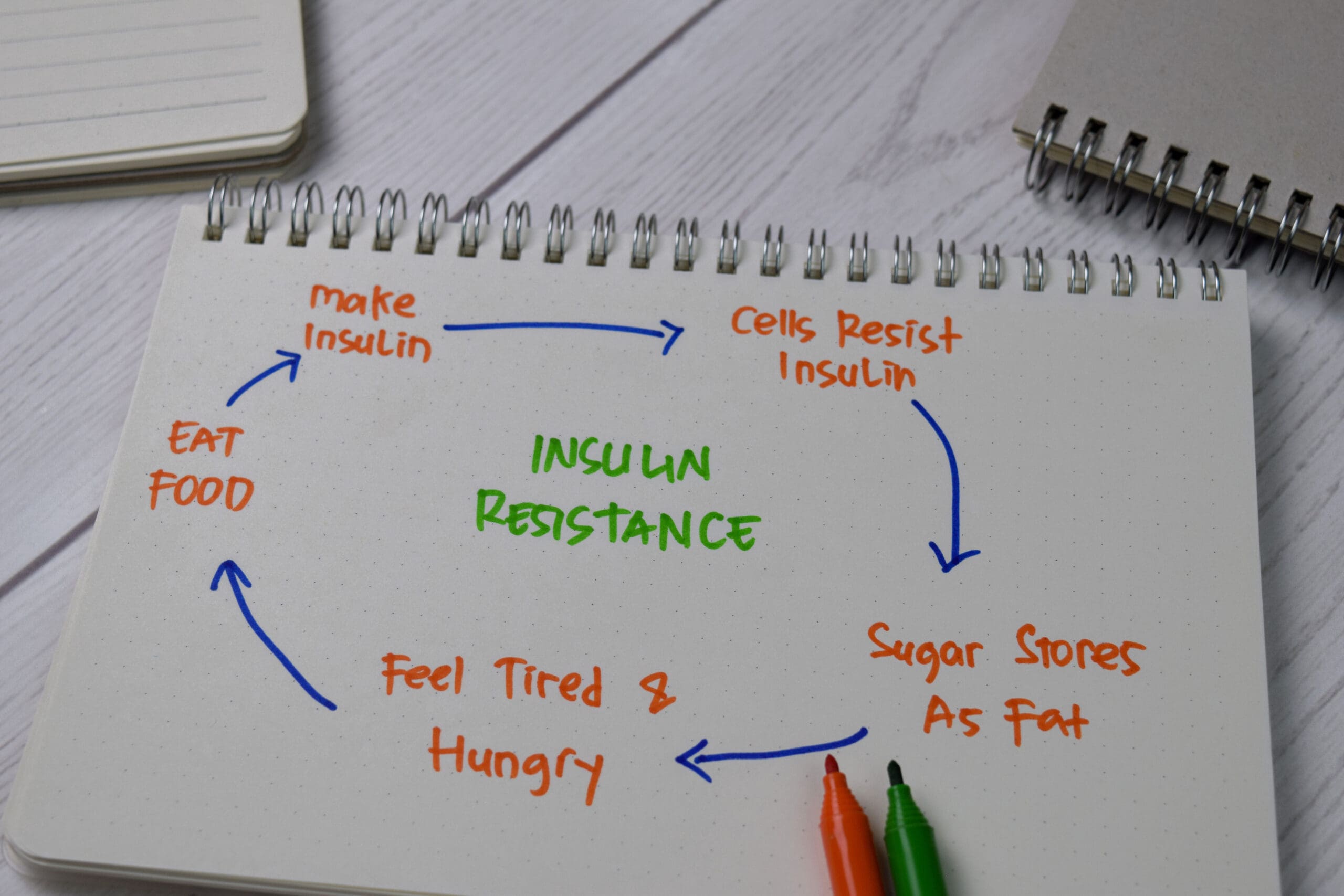

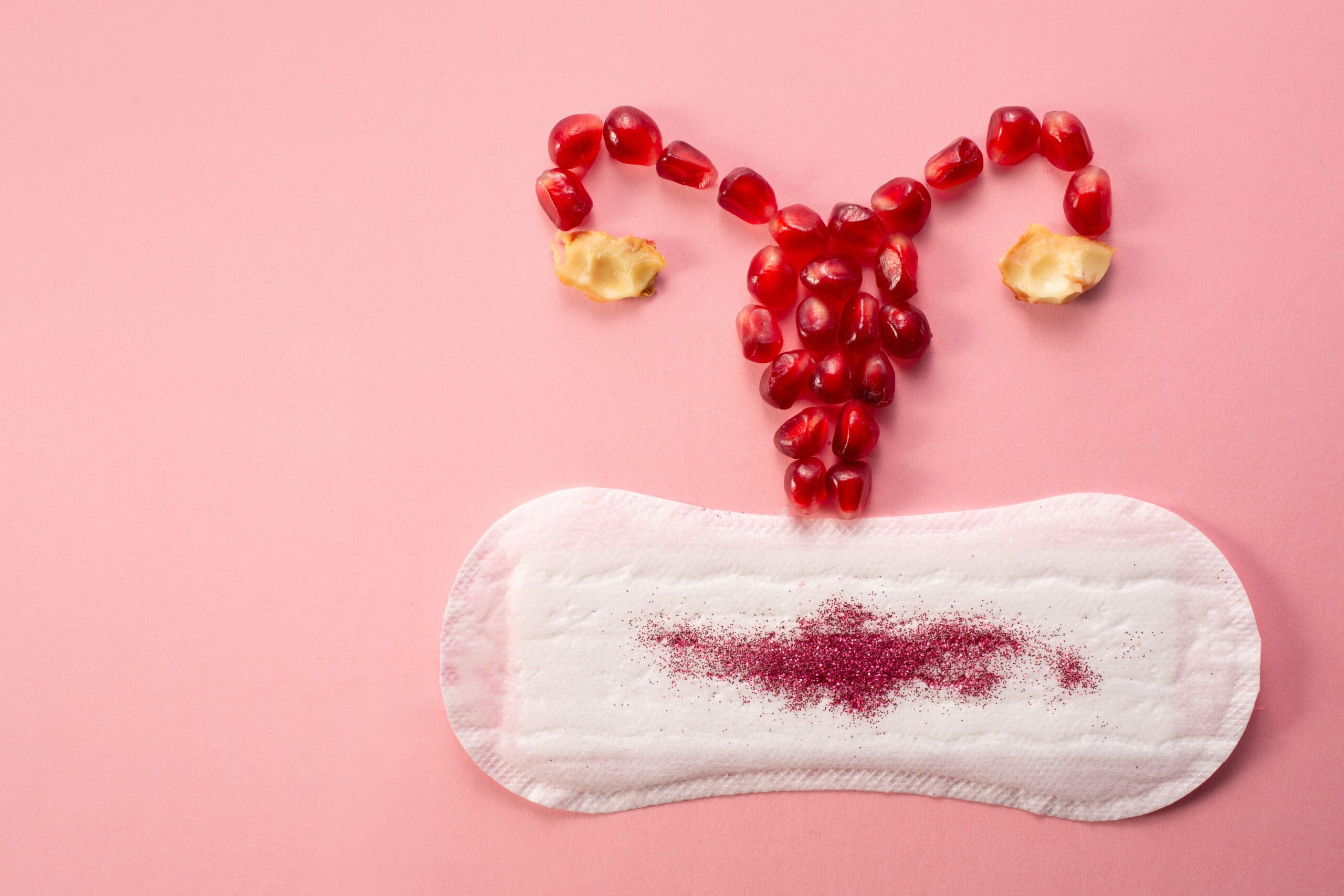
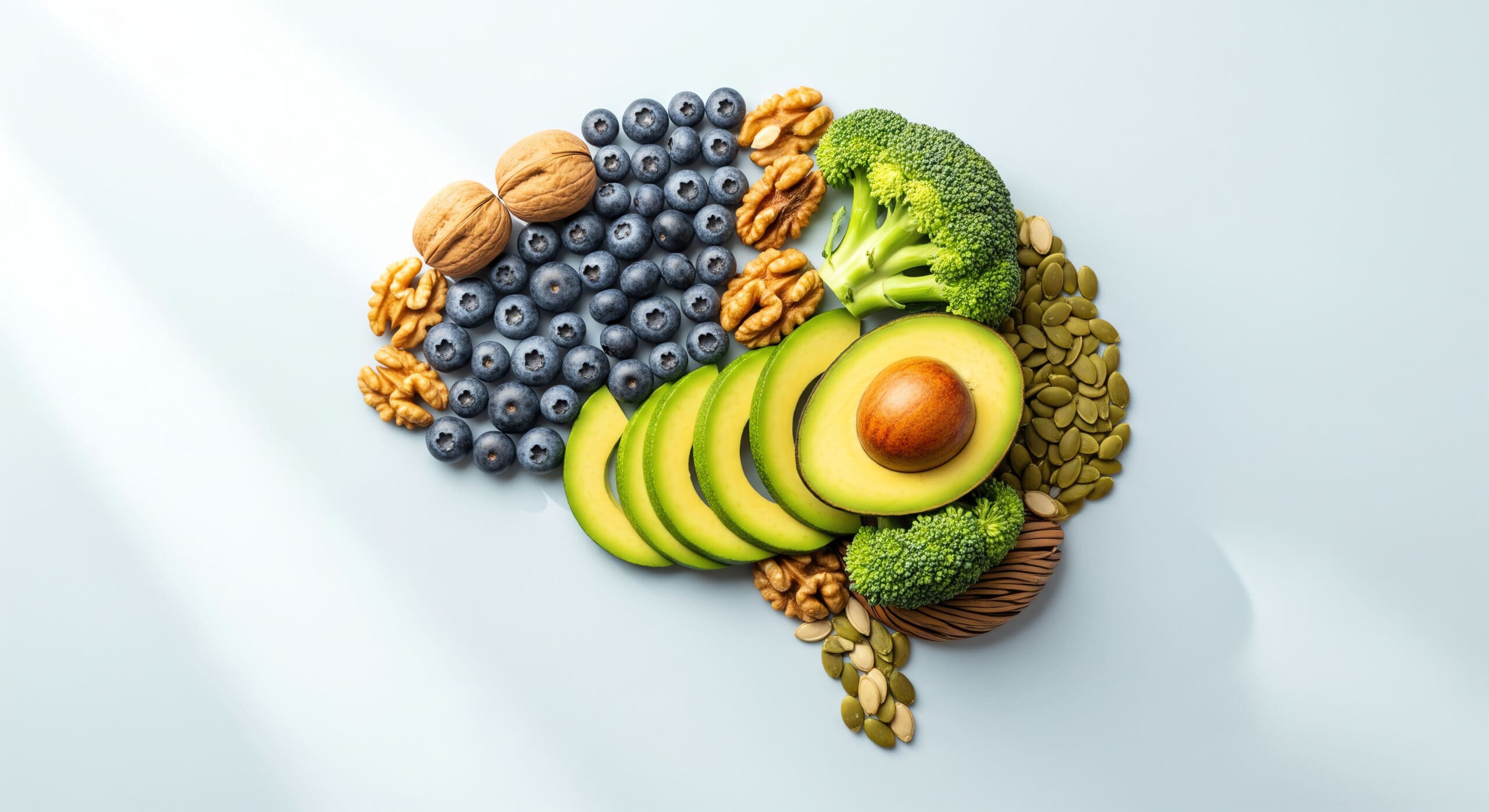
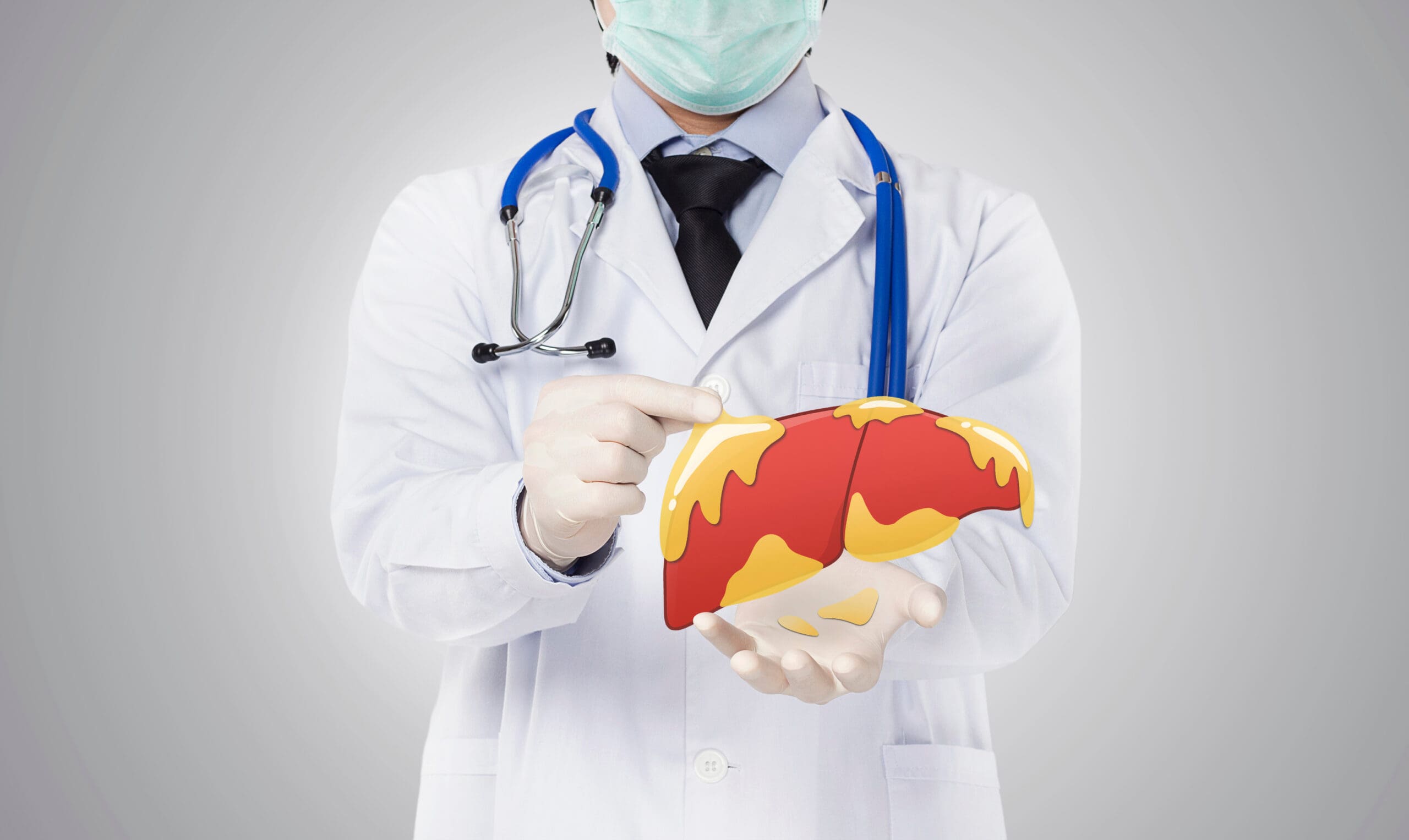

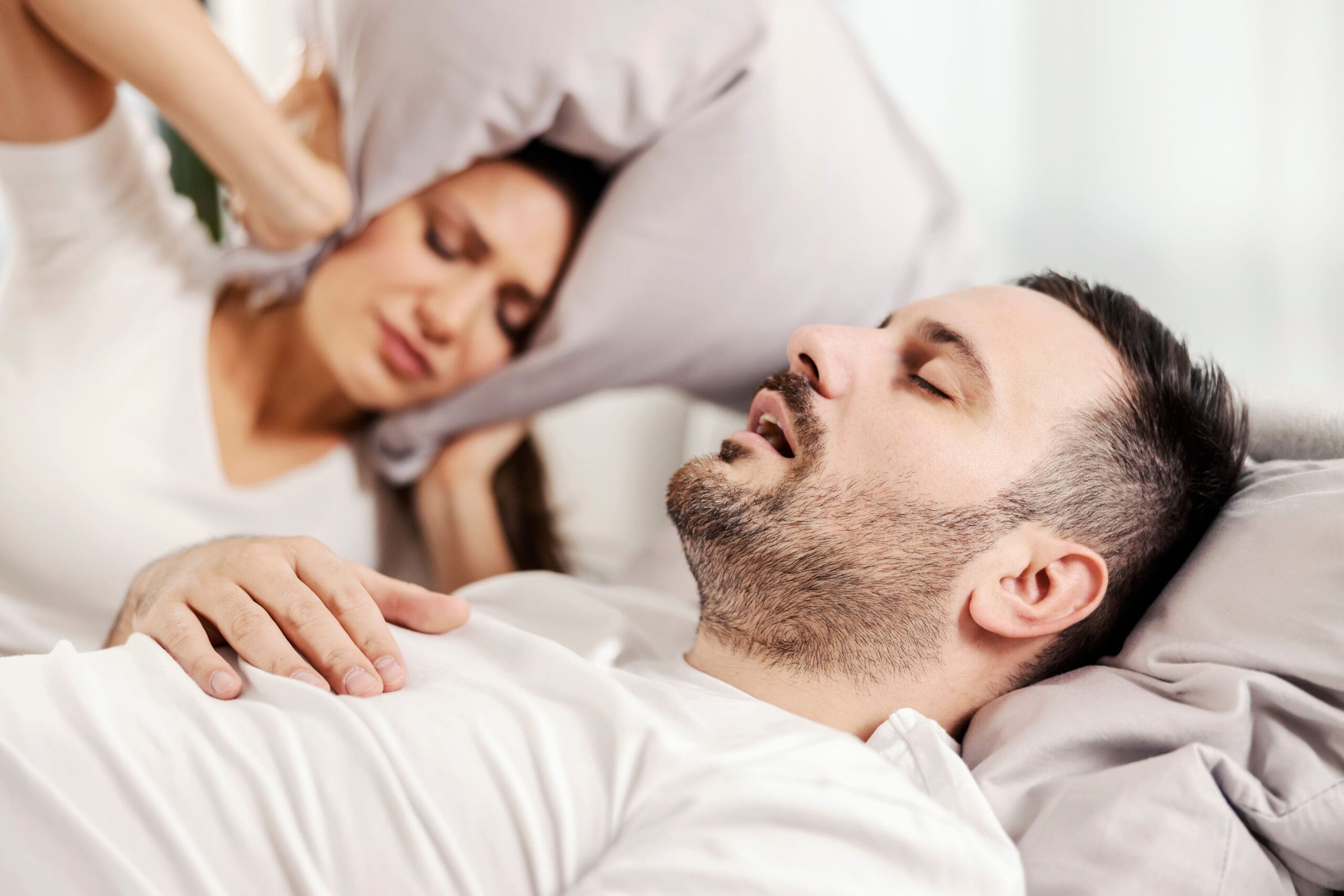
Hi, just reading your article i found this to be me so much.
My doctor had put me on a statin to lower my cholesterol, quite a few years ago and since then I had developed insulin resistance which now has said I am a type 2 diabetic.
I also have a fatty liver.
I used to work nightshift for 20 years in aged care, so my diet wasn’t the greatest my only down four my chocolate.
Thankyou for the article
Hi Jenny,
Thanks for sharing.
We hope you found our information helpful.
Kind regards,
Jessah Shaw
Nutritionist